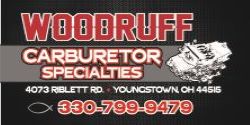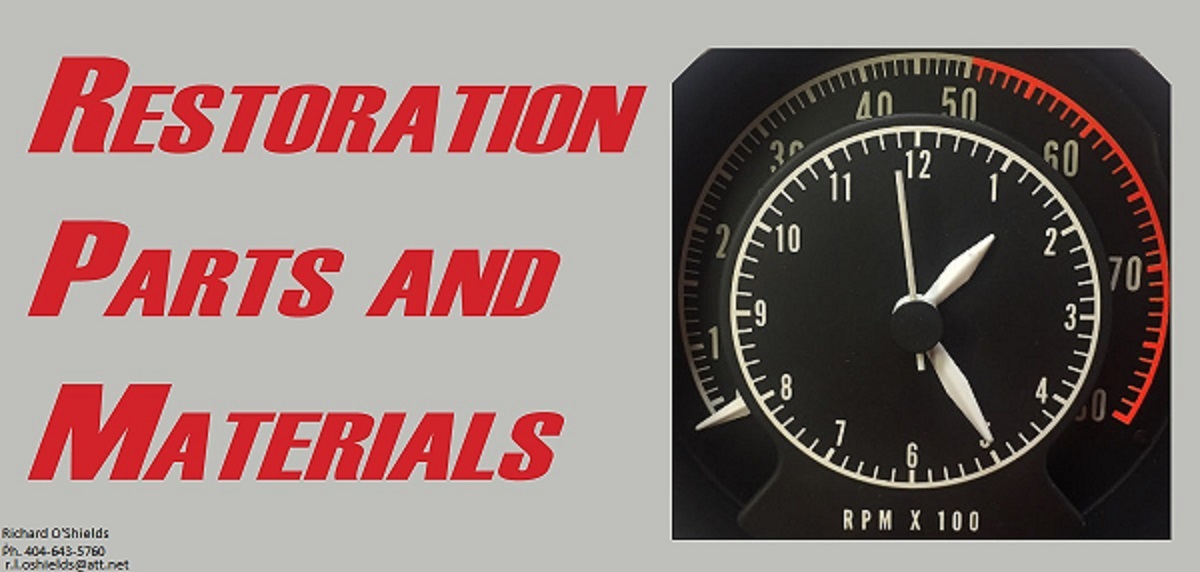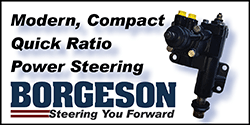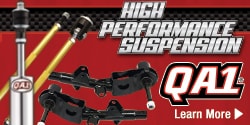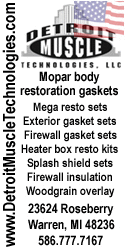NewportLover77
New Member
Do you know where I can find an alternative? This spring from the previous owner seems like they bought it from a hardware store. It's extremely stiff.
Also tidbit, I can't figure out why it didn't start today ? I started it about 5 days ago, I wanted to warm it up. I let it warm then turned it off. Then today, it just wouldn't start, I had gas. I'm not sure if I flooded it? (Not a lot of info, just wasn't sure if I did something stupid and obvious I overlooked).

Also tidbit, I can't figure out why it didn't start today ? I started it about 5 days ago, I wanted to warm it up. I let it warm then turned it off. Then today, it just wouldn't start, I had gas. I'm not sure if I flooded it? (Not a lot of info, just wasn't sure if I did something stupid and obvious I overlooked).

